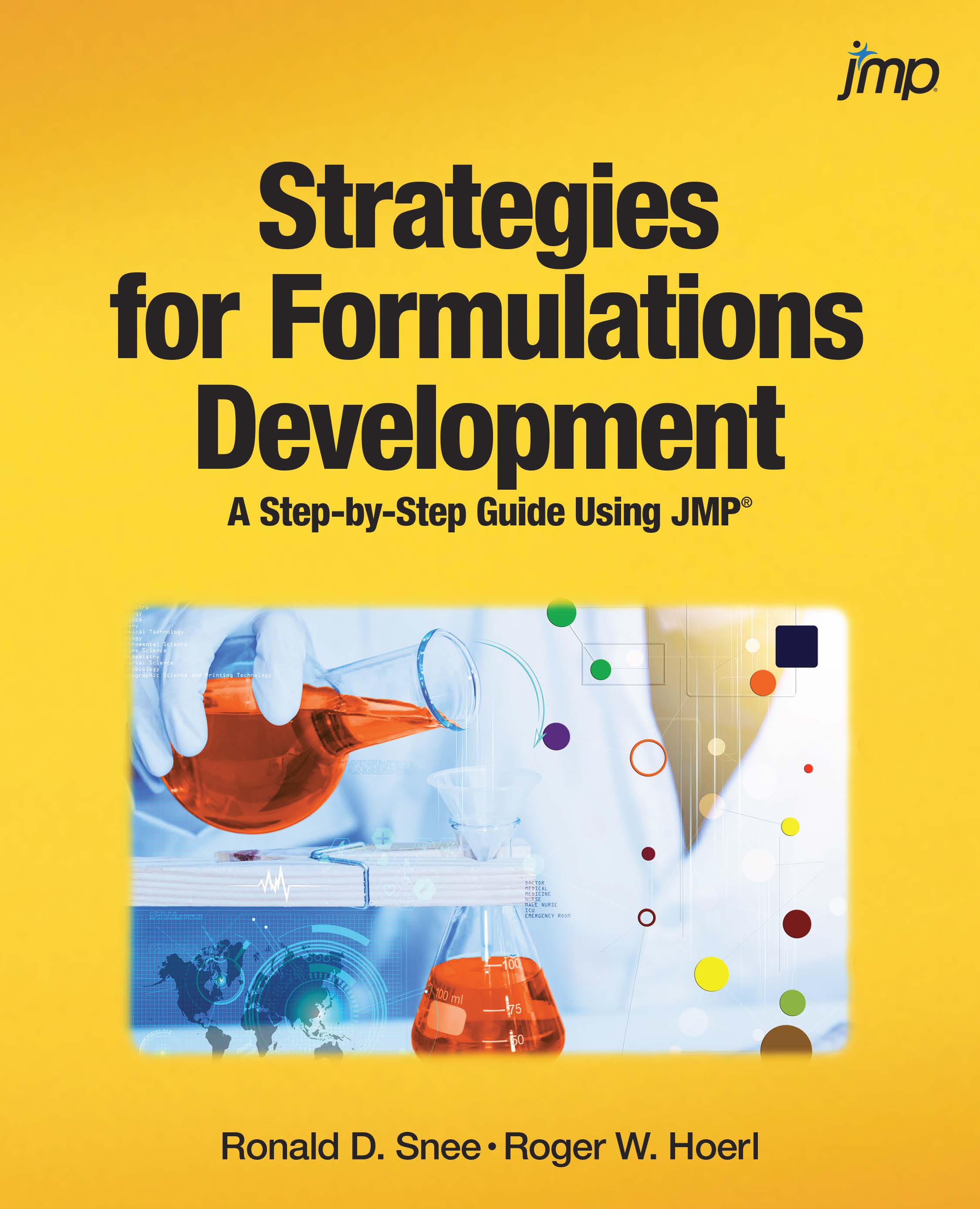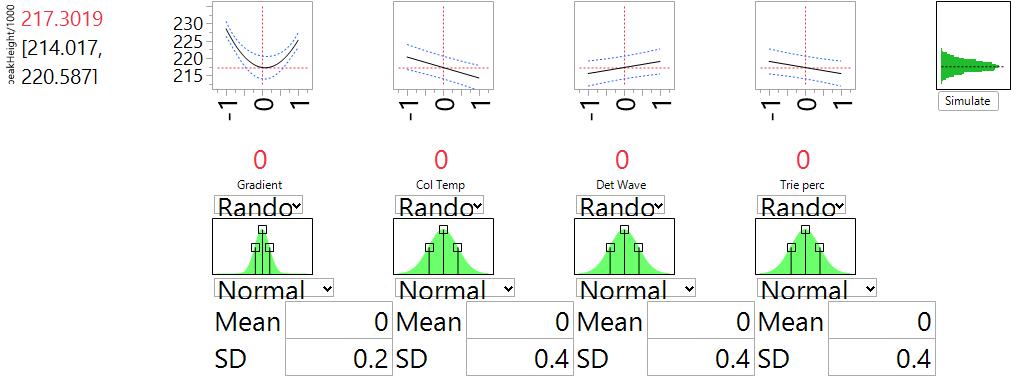
Galit Shmueli, National Tsing Hua University’s Distinguished Professor of Service Science, will be visiting the SAS campus this month for an interview for an Analytically Speaking webcast. Her research interests span a number of interesting topics, most notably her acclaimed research, To Explain or Predict, as well as noteworthy research



